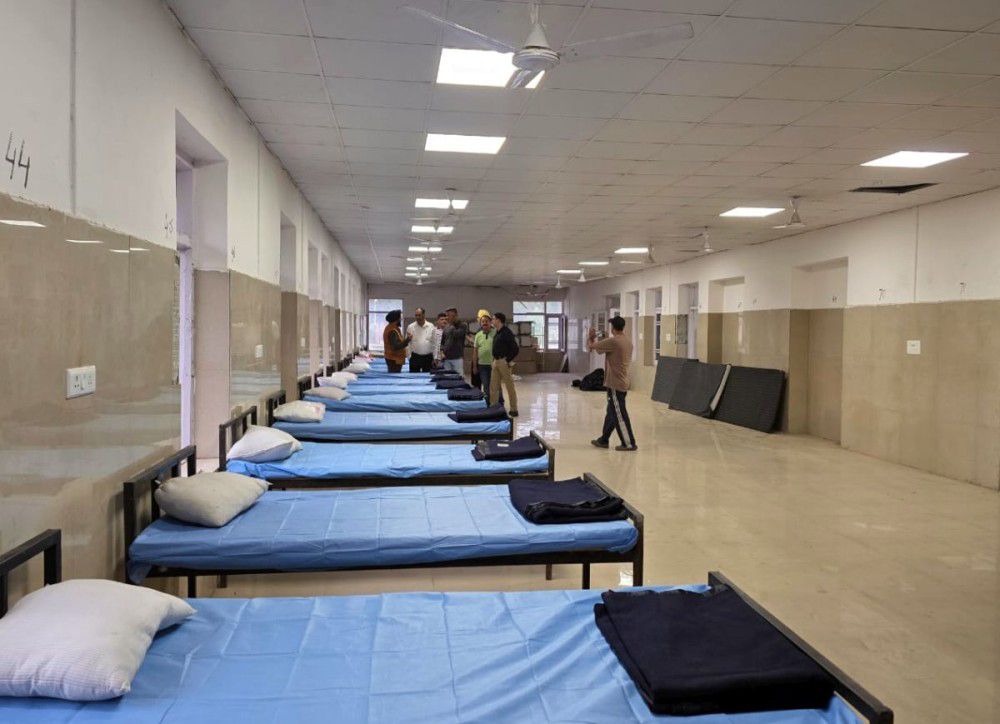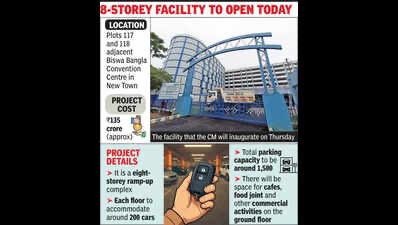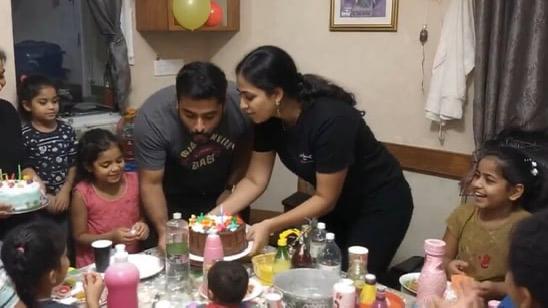 Image Source: Morung Express
Image Source: Morung Express
Key highlights
India has launched the second version of its National Essential Diagnostics List (NEDL), a historic step toward empowering the nation's public health system by normalizing and increasing access to essential diagnostic tests at all levels of healthcare. Prepared by the Indian Council of Medical Research (ICMR), the 2025 edition is set to significantly enhance early disease diagnosis, prompt treatment, and equitable care, particularly for underserved and rural populations.
Key Improvements in the 2nd Edition
The revamped NEDL includes larger test panels: Ayushman Arogya Mandirs (Sub-Centres) now provide 16 basic tests—previously 12; Primary Health Centres (PHCs) increase from 64 to 74 tests; Community Health Centres (CHCs) from 70 to 93; and District Hospitals receive the biggest increase from 117 to 171 tests. Accredited Social Health Activists (ASHAs) can now conduct 9 tests at the village level, for the first time including tuberculosis screening.
The updated list incorporates sub-district and district hospital diagnostics to bring sub-district facilities on par with upgraded district hospitals—most of which are being transformed into medical colleges. PHCs now have access to an expanded menu of point-of-care and laboratory tests, minimizing the referral of patient samples to higher centers and strengthening early intervention potential.
Focus on Rapid, Accessible Testing
Rapid diagnostic tests (RDTs) for syphilis, hepatitis B, sickle cell anemia, malaria, and HIV are covered for the first time at lower levels like Ayushman Arogya Mandirs and PHCs. This is in response to expert opinion seeking quicker diagnosis at rural levels and is in sync with the contemporary requirements of India's disease control programmes. Sophisticated tests such as TB tests for children, viral loads for hepatitis B and C, X-rays, ECGs, and even some imaging studies are being brought closer to the community, with availability at the district level rather than tertiary hospitals alone.
Implementation Strategy
The revised NEDL is planned for phased implementation, with equipment and training upgrades aligned under the Ayushman Bharat and Indian Public Health Standards (IPHS) schemes. The list is facility-specific, with clear demarcation of the tests needed at each level—from village clinics to district hospitals.
The NEDL also prioritizes evidence-based inclusion: the only tests with strong, programmatic evidence and feasibility in local environments are approved, with other possibilities considered for future updates when new data becomes available.
Impact and Outlook
India's strengthened essential diagnostics list is a bold move toward universal health coverage: it seeks to make diagnostics affordable, available, and of high quality for all citizens, no matter the geography. With increased grassroots capacity, the public health system is now in a stronger position to handle outbreaks, control non-communicable diseases, and enhance patient outcomes across the country.
Sources: ICMR (Official NEDL 2025 PDF), Eka.Care
Advertisement
Advertisement








